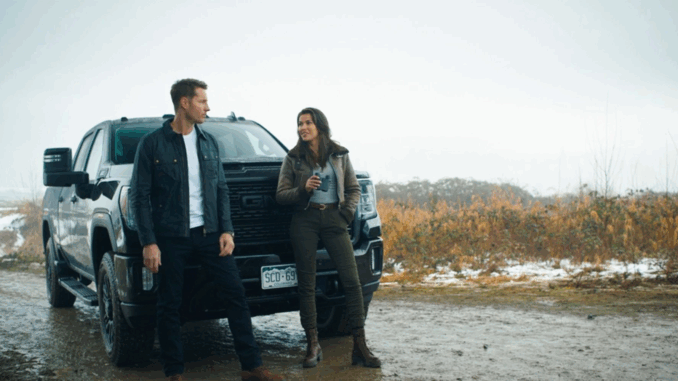
Who knew emotional nomads were this binge-worthy?
Let’s be honest.
When CBS announced Tracker, some of us were like:
“Wait… a guy travels around in a truck helping strangers and solving cases? That’s it?”
But then we watched it.
And 10 minutes later, we were fully invested in a man with no fixed address, no social life, and more emotional repression than a soap opera villain.
So how did a truck, a compass, and Colter Shaw’s sad eyes become one of TV’s most compelling dramas?
Let’s unpack it.
🚙 The Truck Is Basically a Character
This is not just a vehicle.
It’s a:
-
Bed
-
Office
-
Interrogation room
-
Therapy chamber
-
Rolling trauma container
It’s seen more emotional breakdowns than most therapists. And it’s always there—loyal, dusty, and full of secrets.
🗺 The Map Isn’t Just a Tool—It’s a Metaphor
Colter’s constantly flipping through folded maps, drawing lines, pointing toward lost places.
But the truth is…
He’s not just navigating terrain.
He’s trying to find himself.
And we? We’re along for the ride, watching one emotional detour after another.

🧍 The Man Is the Mystery
Yes, there are cases. Yes, there’s suspense.
But the real story is Colter Shaw.
He:
-
Helps people but never helps himself
-
Tells others to go home, but never has one
-
Can read strangers like a book, but avoids reading his own chapters
Watching him isn’t just fascinating—it’s haunting.
We don’t just want him to solve the case.
We want him to find peace.
💡 Why It Works
Because Tracker does something rare:
-
It gives us danger, but also quiet moments.
-
It offers action, but also introspection.
-
It doesn’t rush. It lingers, like grief, like memory, like Colter himself.
And in a world of fast-paced thrillers, Tracker reminds us that sometimes, slow-burning pain makes the most unforgettable story.
📺 Catch Tracker Sundays on CBS. Come for the mystery. Stay for the heartbreak in flannel.
